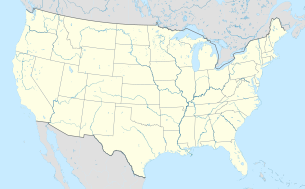
Lee Oscar Lawrie was an American architectural sculptor and a key figure in the American art scene preceding World War II. Over his long career of more than 300 commissions Lawrie's style evolved through Modern Gothic, to Beaux-Arts, Classicism, and, finally, into Moderne or Art Deco.

Karl Theodore Francis Bitter was an Austrian-born American sculptor best known for his architectural sculpture, memorials and residential work.
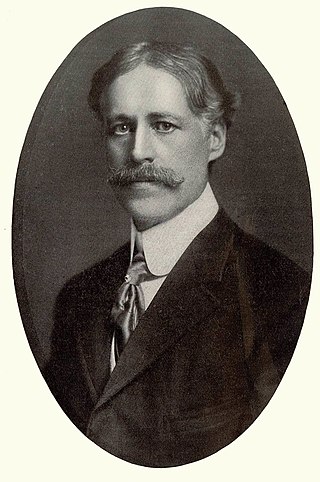
William Ordway Partridge was an American sculptor, teacher and author. Among his best-known works are the Shakespeare Monument in Chicago, the equestrian statue of General Grant in Brooklyn, the Pietà at St. Patrick's Cathedral in Manhattan, and the Pocahontas statue in Jamestown, Virginia.

Charles Allan Grafly, Jr. was an American sculptor, and teacher. Instructor of Sculpture at the Pennsylvania Academy of the Fine Arts for 37 years, his students included Paul Manship, Albin Polasek, and Walker Hancock.

Allen George Newman III was an American sculptor, best known for his statue "The Hiker".
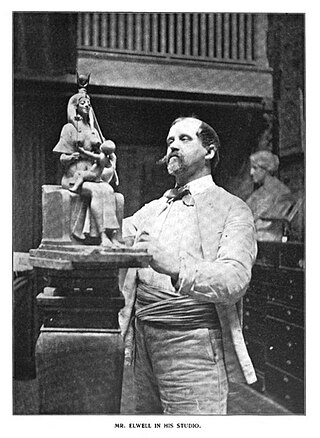
Francis Edwin Elwell was an American sculptor, teacher, and author.

Philip H. Martiny was a French-American sculptor who worked in the Paris atelier of Eugene Dock, where he became foreman before emigrating to New York in 1878—to avoid conscription in the French army, he later claimed. In the United States he found work with Augustus Saint-Gaudens, with whom he remained five years; a fellow worker in Saint-Gaudens' shop was Frederick MacMonnies. A group photograph taken in Saint-Gaudens's studio about 1883, conserved in the Archives of American Art, shows Kenyon Cox, Richard Watson Gilder, Martiny, Francis Davis Millet, Saint-Gaudens, Julian Alden Weir and Stanford White.

George Julian Zolnay was a Romanian, Hungarian, and American sculptor called the "sculptor of the Confederacy".
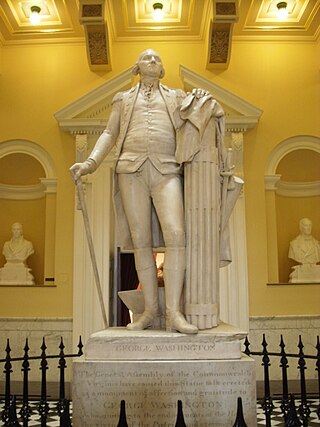
George Washington is a statue by the French sculptor Jean-Antoine Houdon from the late 18th century. Based on a life mask and other measurements of George Washington taken by Houdon, it is considered one of the most accurate depictions of the subject. The original sculpture is located in the rotunda of the Virginia State Capitol in Richmond, Virginia, and it has been copied extensively, with one copy standing in the United States Capitol Rotunda.

Albert Weinert was a German-American sculptor.

Theodore Roosevelt, Rough Rider is a toppled bronze sculpture, not currently restored, by American artist Alexander Phimister Proctor, formerly located in the South Park Blocks of Portland, Oregon in the United States. The equestrian statue was completed in 1922 and depicts Theodore Roosevelt as the leader of the cavalry regiment that fought during the Spanish–American War called the Rough Riders.

Coming of the White Man is a bronze sculpture by American artist Hermon Atkins MacNeil, installed in Washington Park, Portland, Oregon in the United States. The statue was gifted to the City of Portland in 1904 by former mayor David P. Thompson and installed the following year. It depicts two Native American men, including Chief Multnomah, looking towards the Columbia River upon the arrival of Lewis and Clark.

Sacajawea and Jean-Baptiste is a bronze sculpture of Sacagawea and Jean Baptiste Charbonneau by American artist Alice Cooper, located in Washington Park in Portland, Oregon, in the United States.

Pulitzer Fountain is an outdoor fountain located in Manhattan's Grand Army Plaza in New York. The fountain is named after newspaper publisher Joseph Pulitzer who died in 1911 having bequeathed $50,000 for the creation of the fountain. Pulitzer intended his fountain to be "like those in the Place de la Concorde, Paris, France." The fountain was designed by the architect Thomas Hastings, and crowned by a statue conceived by the sculptor Karl Bitter. The fountain was dedicated in May 1916.

This is a list of replicas of Michelangelo's 1498–1499 statue, Pietà.

The Lewis and Clark Memorial Column is an outdoor monument by artist Otto Schumann, dedicated to Meriwether Lewis and William Clark for their expedition and located at Washington Park in Portland, Oregon.

Fountain of the Centaurs is a fountain located on the grounds of the Missouri State Capitol in Jefferson City, Missouri, north of the Capitol building.

Joan of Arc, also known as Joan of Arc, Maiden of Orleans, is an outdoor copy of Emmanuel Frémiet's equestrian statue Jeanne d'Arc (1874), installed in Portland, Oregon's Laurelhurst neighborhood, in the United States. The bronze sculpture, which depicts Joan of Arc, was donated to the city by Henry Waldo Coe, who saw Frémiet's original statue in Paris. Portland's copy arrived from France in 1924 and was dedicated on Memorial Day in 1925 in honor of the Doughboys of World War I.
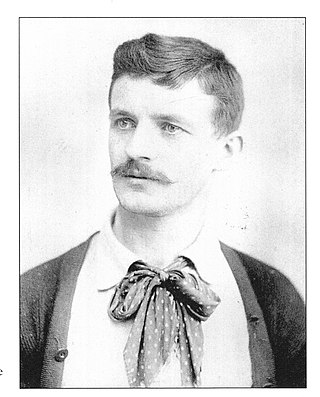
August Zeller was an American sculptor and teacher.

Bruno Louis Zimm was an American sculptor. He created a variety of works: fountains, memorials, freestanding sculptures, and architectural sculptures.

